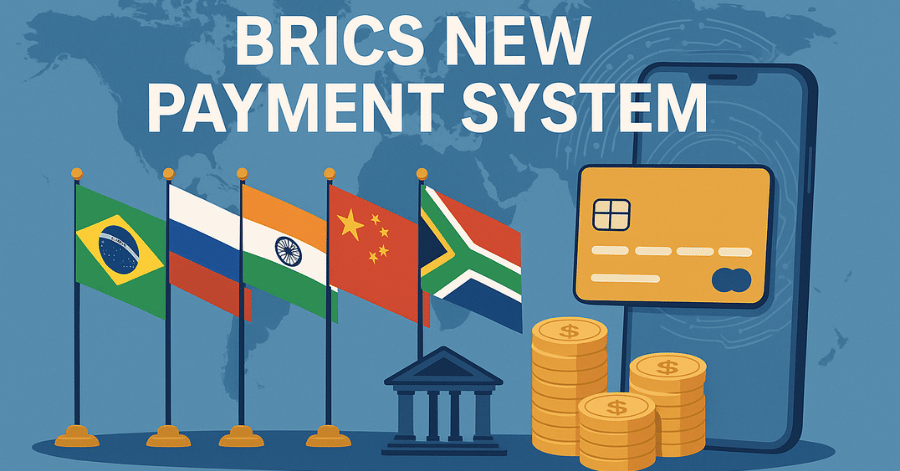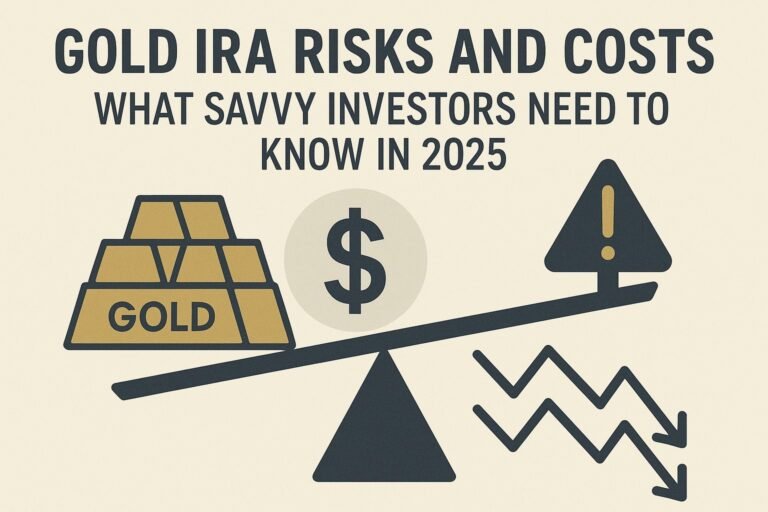Key Takeaways
- BRICS nations, representing 32% of global trade and 3.2 billion people, are developing “BRICS Pay” – an independent blockchain-based payment system designed to bypass USD-dominated networks like SWIFT and achieve financial sovereignty.
- Leveraging existing national infrastructures (Russia’s SPFS, China’s CIPS, India’s UPI, Brazil’s PIX, and UAE’s Aani), the system promises significantly lower transaction costs (0.5-1.5% vs current 1.5-5%), real-time settlements, and sanctions resistance through direct currency exchange.
- This initiative, evolving from the 2014 New Development Bank through 2024’s BRICS+ expansion, could accelerate the shift toward a multipolar financial system and reduce global USD reserve demand.
Affiliate Disclosure: To support our mission of providing valuable financial analysis, this page may contain affiliate links. If you follow a link and make a purchase, we may earn a commission at no additional cost to you. We only recommend partners we thoroughly research and trust.
Read Our Article: Rio Reset Dollar Shakedown
 Is Gold Your Retirement Shield?
Is Gold Your Retirement Shield?
Introduction:
The global financial stage is set for a significant evolution. At the forefront of this change are discussions around a BRICS new payment system. Nations within this influential bloc—Brazil, Russia, India, China, and South Africa, along with new members—seek greater financial autonomy. The creation of an independent infrastructure for cross-border transactions is a pivotal step. This isn’t merely a technical upgrade. It’s a strategic move designed to reduce reliance on the U.S. dollar and traditional Western-controlled networks like SWIFT. This can potentially herald a more multipolar financial world.
BRICS New Payment System: The Drive for Financial Sovereignty
A primary motivation behind the BRICS’s new payment system is the pursuit of financial sovereignty. For years, the reliance on dollar-denominated systems has left many nations feeling vulnerable. The vulnerability is caused by the economic policies and geopolitical actions of the United States.
By establishing their payment infrastructure, BRICS countries aim to shield their economies from unilateral sanctions. This is intended to reduce transaction costs and gain greater control over their financial destinies. “The goal is to create gateways and bridges to improve financial connectivity across borders. They want it on their terms,” as suggested by BRICS Pay proponents.
…gain greater control over their financial destinies.”
As nations re-evaluate their financial strategies, it’s a wise time to assess your own. Test your knowledge on protecting your retirement with precious metals.
Key Components and Technology
BRICS leaders plan to leverage modern financial technologies in their new payment system. They frequently discuss “BRICS Pay” as a decentralized platform that could utilize blockchain technology. This initiative reflects their commitment to innovation and financial independence.
This would allow for transactions to be conducted directly in the national currencies of member states. Bypassing the need for U.S. dollar conversion. The proposals also indicate integrating this with existing national systems. Such as Russia’s System for Transfer of Financial Messages (SPFS), to create a broader network.
Explore how BRICS Pay fits into the broader de-dollarization blueprint
Challenges and Global Implications of the BRICS New Payment System
Despite the ambition, creating a viable alternative to entrenched global systems is a monumental task. The BRICS New Payment System faces challenges, including achieving seamless interoperability between diverse national economies. This action will attempt to ensure robust security, gaining widespread international trust. Also, adoption beyond the core members and navigating complex regulatory landscapes.
However, even partial success could have significant implications. This will lead to a more fragmented but potentially more balanced global financial order. Impacting everything from international trade settlement to the demand for reserve currencies.
Conclusion
The development of a BRICS New Payment System is a clear signal of a shifting global economic order and a direct response to perceived imbalances in the current financial architecture. While its ultimate form and reach are still unfolding, its potential to offer an alternative to dollar-centric pathways makes it a critical development to watch.
Learn how BRICS could integrate gold into their new payment system
This initiative forms a core component of the broader “Rio Reset” narrative, urging individuals to recognize these changes and evaluate how they could affect their long-term financial well-being For more on the wider implications of these global shifts, see our main guide: “Rio Reset Dollar Shakedown: Is Gold Your Retirement’s Unseen Shield?“
Frequently Asked Questions (FAQs)
What is BRICS Pay?
BRICS Pay is a proposed decentralized payment platform using blockchain technology that would allow member countries to conduct cross-border transactions in their national currencies without requiring USD conversion or using the SWIFT network.
How would BRICS Pay differ from SWIFT?
Which countries are involved?
- Original BRICS: Brazil, Russia, India, China, South Africa
- BRICS+ additions: UAE, Iran, Egypt, Ethiopia, Saudi Arabia (invited), Argentina (status pending)
What existing payment systems would integrate?
- Russia’s SPFS network
- China’s CIPS system
- India’s UPI platform
- Brazil’s PIX system
- UAE’s Aani platform
- Other national payment infrastructures
What are the main challenges?
- Achieving seamless interoperability between diverse economies
- Ensuring robust security and preventing fraud
- Gaining widespread international trust and adoption
- Navigating complex regulatory landscapes
- Coordinating technical standards across multiple countries
How might this affect global finance?
- Could create a more fragmented but potentially balanced global financial order
- May reduce USD dominance in international trade
- Could provide alternatives for countries facing sanctions
- Might influence other regional blocs to develop similar systems
What’s the timeline for implementation?
The article doesn’t provide specific implementation dates, but notes that various pilot programs are ongoing and national infrastructures are already operational. Full implementation would likely be gradual and phased.
How does this relate to de-dollarization?
BRICS Pay is part of broader de-dollarization efforts, where countries seek to reduce dependence on the US dollar for international trade and reserves. Russia has reportedly achieved a 90% reduction in USD reserves as part of this strategy.
What role does technology play?
The system would leverage:
- Blockchain technology for security and transparency
- Advanced cryptography and multi-signature validation
- Real-time settlement capabilities
- API integration for connecting existing national systems
- Digital currencies (CBDCs) being developed by member countries
Is this system currently operational?
No, BRICS Pay as a unified system is still in development. However, member countries are already conducting some bilateral trade in local currencies, and their national payment systems are operational and being tested for integration. Stay in Tune For the Following Updates.








